
Camera traps completed one of the most thorough surveys of African rainforest yet
(MENAFN- The Conversation) Tropical rainforests are the world's richest land habitats for biodiversity, harbouring stunning numbers of plant and animal species. The Amazon and the Congo basins, together with Asian rainforests, represent only 6% of Earth's land surface, and yet more than 50% of global biodiversity can be found under their shade.
But observing even the most conspicuous species, such as elephants and apes, is still an extraordinarily difficult task. That's not even mentioning all the secretive species that are protected by thick vegetation or darkness.
Camera traps have led a technological revolution in wildlife research, making it possible to study species without humans needing to be present. They can be left in the depths of a forest for weeks, taking pictures of anything that moves at any time of day or night.
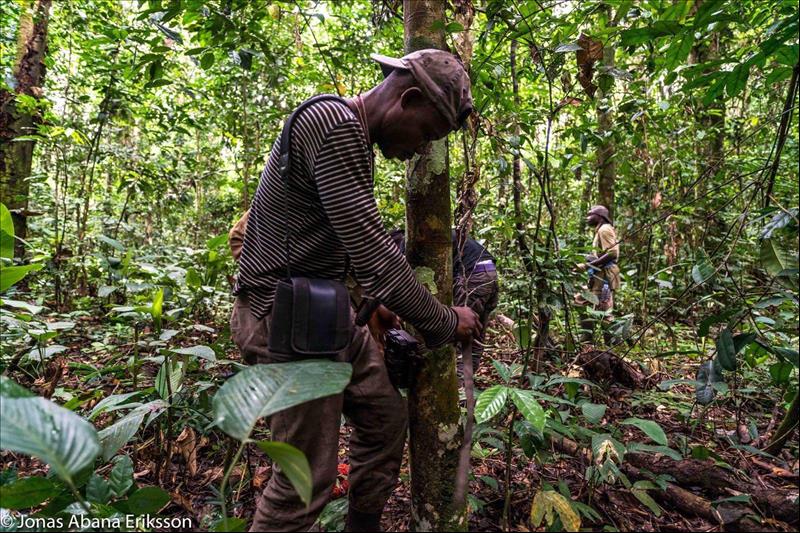
Installing camera traps in Salonga National Park. Jonas Abana Eriksson/PNS Survey, Author provided
From their advent three decades ago, camera traps have allowed scientists to discover species such as the grey-faced sengi – a new species of giant elephant shrew living in Tanzania – and the Annamite striped rabbit in Vietnam. They revealed that lions still wander the Bateke plateau in Gabon, ending speculation that they were locally extinct. They also photographed the offspring of the elusive Javan rhino, which scientists had thought had stopped breeding. With fewer than 100 individuals left, this gave hope that the species could be saved from extinction.
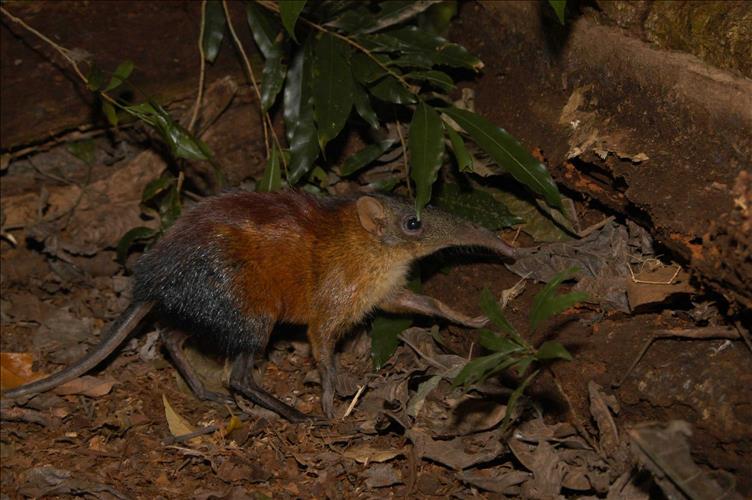
The grey-faced sengi (Rhynchocyon udzungwensis) was discovered by camera traps in Tanzania. F Rovero/Wikipedia , CC BY-SA Spotting stripes
Camera traps are becoming essential for documenting forest species, assessing their distribution and studying their behaviour , as well as counting what's actually there .
This latter measure, called animal abundance, is perhaps the most important information in wildlife conservation, as it allows researchers to assess the conservation status of a species . But until recently, camera traps could only be used to reliably estimate the abundance of animals with conspicuous markings, such as big cats with spots or stripes peculiar to single individuals.
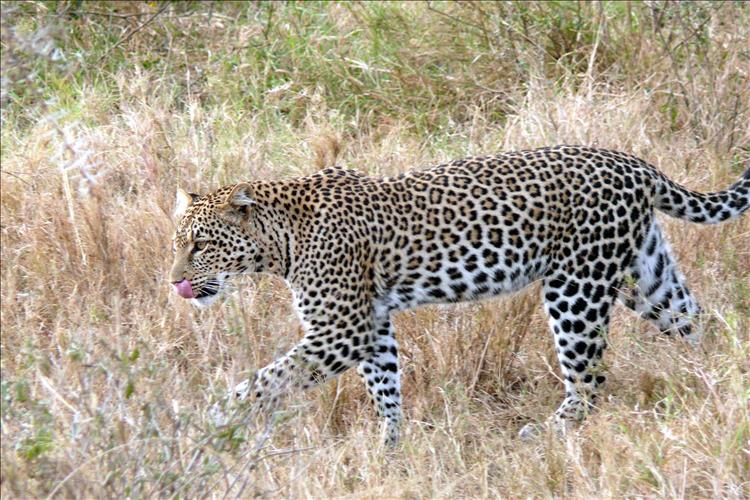
Big cats, like this African leopard (Panthera pardus), are among the simplest species to document with camera traps. Haplochromis/Wikipedia , CC BY-SA
Counting animals with camera traps remained impossible for the majority of species that lacked these conspicuous features, as the same individual could be counted twice by different cameras at different times. Methods that account for how animals move in and use their habitat were developed to help overcome the problem of detecting the same individual at different locations.
Another method, called camera trap distance sampling achieves the same result using a different approach. It subdivides the time cameras are active into 'snapshots', taking pictures at, for example, every fifth second in an hour. At a determined moment, an individual can only be spotted at one location, not elsewhere. Double counts are avoided, and researchers get the number of animals within the area surveyed by the cameras at a given snapshot.
We tested this new method in one of the most remote areas of the planet - the southern part of Salonga National Park , a world heritage site in the Democratic Republic of the Congo. Here, rangers only had data on the park's two flagship species – the forest elephant and the bonobo . Near to nothing was known about the other animals that were more difficult to track.
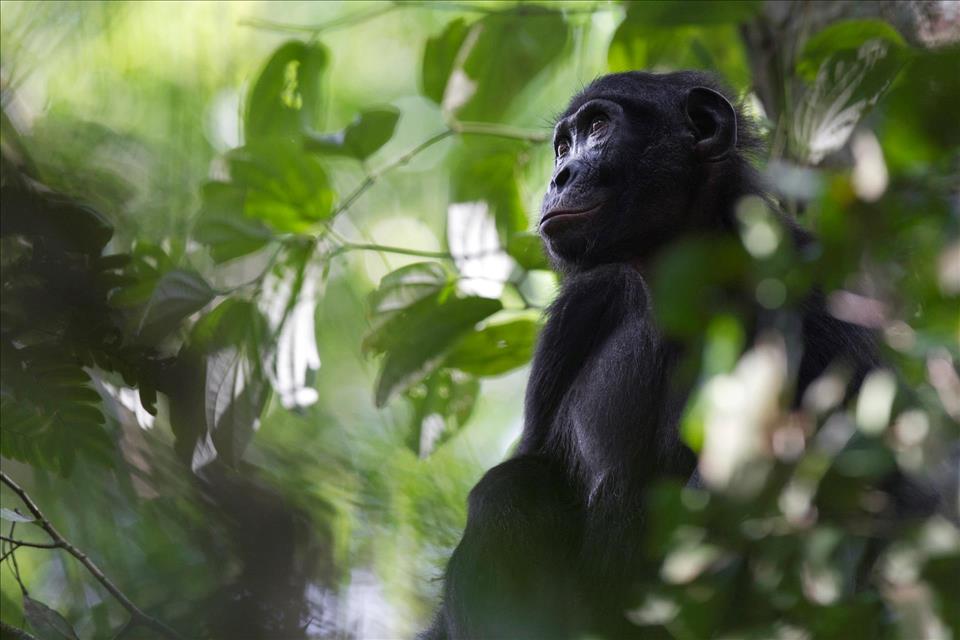
A flagship species of Salonga National Park, bonobo populations are understudied in 70% of their range. Christian Ziegler/LKBP, Author provided What we found
Five field teams walked a forest the size of Wales to deploy 160 camera traps in 743 places. This unprecedented effort produced more than 16,000 video clips, totalling 170 hours of animal footage and revealing 43 different animal species, including bonobos and elephants.
We also captured species rarely detected by human observers, such as the giant ground pangolin , threatened by extinction, the cusimanses , a genus of social mongooses, and the stunning Congo peafowl , a vulnerable species that's endemic to the country.
Where so far conservation of elusive species such as the African golden cat , the endemic Allen's swamp monkey and another elephant shrew, the four-toed sengi , had to be based on little to no data, we're now able to estimate their abundance in the wild.
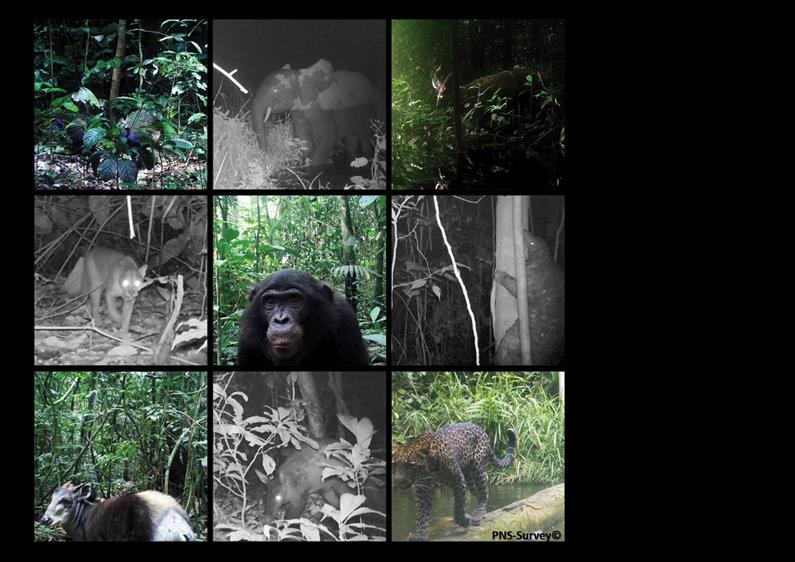
Nine of 43 species captured by camera traps in Salonga National Park, DRC. PNS Survey, Author provided
For some species, the news from our findings were good. Our study revealed that the southern part of Salonga National Park alone harboured as many peafowls as were previously thought to be present in the whole country.
For other species, the results confirmed the need for greater protection. The 17,000 km² large and intact primary rain forest contains fewer than 1,000 giant pangolins. An alarming figure given the current illegal trade of pangolin scales .
As the technology and methods of camera trap surveys improve, they're becoming capable of monitoring a diverse range of wildlife, from the tiny elephant shrew to the mighty forest elephant. This gives an insight into the complex and delicate equilibrium of the rainforest community and the threats to its survival.

Legal Disclaimer:
MENAFN provides the
information “as is” without warranty of any kind. We do not accept
any responsibility or liability for the accuracy, content, images,
videos, licenses, completeness, legality, or reliability of the information
contained in this article. If you have any complaints or copyright
issues related to this article, kindly contact the provider above.


















Comments
No comment